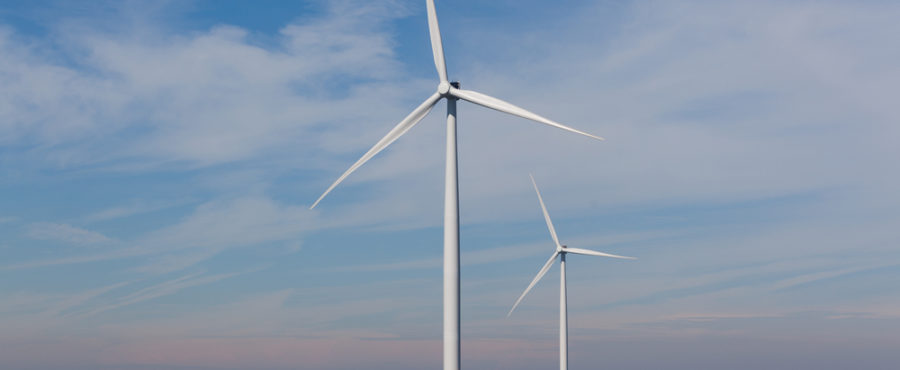
Britain is preparing new territories for offshore wind energy infrastructure which could host turbines of 6-7 GW. France, which has just started building its offshore infrastructure, announced a tender for a windfarm near Dunkirk.
British Crown Estate – an institution managing territories belonging to the British crown – has revealed details regarding areas it is going to provide for offshore farms in the fourth auction series. Developers are going to compete for offshore land of up to 60 meters deep where turbines may be deployed on a solid foundation.
The Crown Estate selected five areas where seabed is suitable for erecting offshore turbines and where they will not interfere with marine traffic. These areas are situated on the Dogger Bank, on the Irish Sea, in the southern part of the North Sea and near the coast of East England and North Wales.
Additionally, the Crown Estate selected another four territories in which deployment of offshore turbines may be considered in the future.
Britain’s coastline hosts offshore turbines of ca. 7.5 GW of installed capacity, with another 1.8 GW in construction. Compared to the United Kingdom, France’s offshore industry is significantly behind. Subsequent French governments did not find wind energy a top priority and only recently has the process speeded up. In France the development of offshore turbine infrastructure was hindered by deep coastal waters, where it is not possible to erect turbines on traditional foundations. Floating platforms for wind turbines is a technology developed only in recent years.
The French government has recently announced an auction for a wind farm of 500 MW near Dunkirk, on one of the few shallow coastal areas. CRE, the French regulator, has already approved 10 bidders. Mainly offshore tycoons have placed their bids, including DEME, Equinor, Iberdrola, Enbridge, Boralex or Parkwind[1].
For the European wind energy sector, the most recent developments in the UK and France are bringing good prospects for expansion. What is more, we may be witnessing the strengthening of the trend where offshore wind energy seems to be doing better and better in the free market without any subsidies. London has recently cut its support for offshore projects in 2023-2025 down to 60 million pounds, which is a relatively small amount.
Further, in France, the government reduced its support granted as early as in 2012 for the offshore projects which have not yet been accomplished. It turned out that the support amounts which developers requested 6 years ago do not match at all today’s much lower costs.
[1] https://www.greentechmedia.com/articles/read/europe-sees-uptick-in-offshore-wind-activity#gs.4zoTur4




